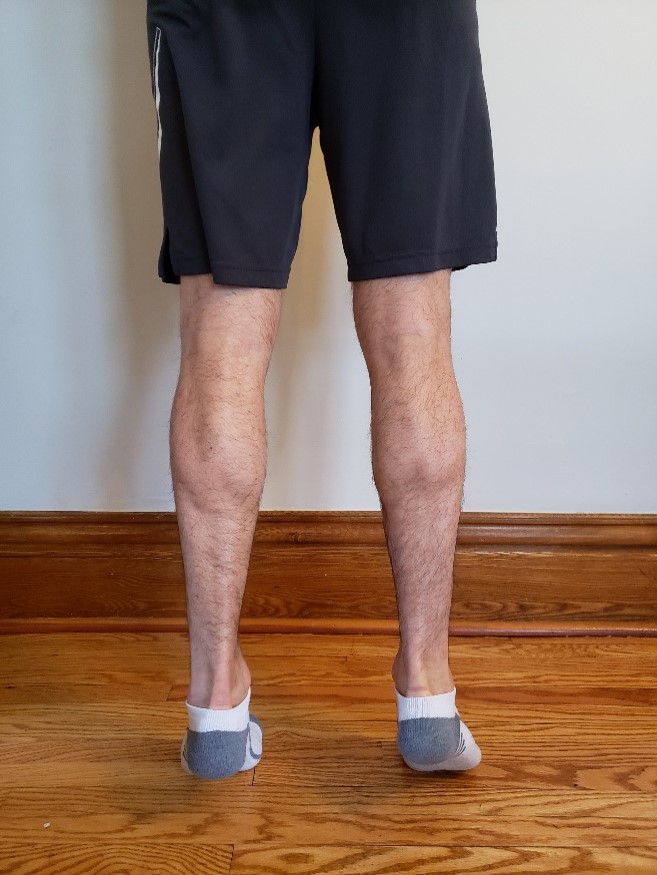Introduction
- Is characterized by pain, stiffness, maybe some swelling or thickening of Achilles tendon
- Common running injury – prevalence varies but may make up 6-8% of all running injuries
- 58% male to 42% female
- Important to note the following differences but generally treatment remains the same
- Insertional tendinopathy vs mid tendon tendinopathy – best determined by a physiotherapist
- Different stages of tendinopathy exist – best determined by a physiotherapist
- Tendinopathy is tendon tissue disorganization – not tissue damage
Modifiable Intrinsic Risk Factors (*Best evaluated by a Physiotherapist*)
- Reduced muscle power/strength
- Reduced ankle dorsiflexion
- Weight (Increased BMI)
- Biomechanical abnormalities – foot alignment/pronation
- Muscle imbalance and inflexibility
Extrinsic Risk Factors (*Best evaluated by a Physiotherapist*)
- Change in loading – return to running/activity after a break
- Training errors
- Increased volume/intensity too quickly
- Change in pace
- Change in training type (i.e. increased hills)
- Change in training duration
- Increased training frequency
- Change in weekly distance
- Footwear – Achilles load is higher in minimalist shoes/barefoot compared to standard shoe regardless of where the foot strikes
- Running style – A forefoot strike increases Achilles load by 15%
- Training surface – Running on a treadmill has been shown to mildly increase Achilles load
Treatment Principles
- Despite different areas of Achilles tendinopathy and stages of tendinopathy the general treatment principles remain the same
- Identify and address potential causes (i.e. intrinsic and extrinsic factors)
- Reduce Pain
- Improve load capacity of muscle-tendon unit
- Improve load capacity of kinetic chain as a whole
- Gradual return to training
- Advise on long term management
Pain Reducing Tips for Runners
- Initial relative rest and ice
- ?NSAIDs – discuss with family doctor
- May need to avoid ankle dorsiflexion initially which can contribute to tendon compression
- Change type of training – bike, swim, walk
- You may still be able to run!! BUT avoid training/activity that pushes pain past a 2-3/10 and does not settle within 24 hours
- Potential running modifications to keep pain down during rehab
- Run every other day
- Increase cadence by 5% and build up to 10%
- Cut down on hills and speed work
- Perform strength training and running on separate days
- Gradually increase training as pain allows
- Monitor response of tendon after activity – keep pain below 2-3/10 – find the sweet spot between no activity and too much
- Wear good standard running shoes
- Long hold isometrics – 5 x 30-45 second holds mid-range 70% max voluntary contraction

Exercise Progression – Improving Load Capacity (Guided by a Physiotherapist)
- Phase 1: Isometrics – mid range isometric calf raises
- Phase 2: Isotonics – heavy eccentric calf raises with straight and bent knee
- Phase 3: Plyometrics – increase speed of calf raises, jumping, skipping, hopping, jogging on toes
For more info feel free to reach out to the author, David Burnett, at david@modernphysio.ca

